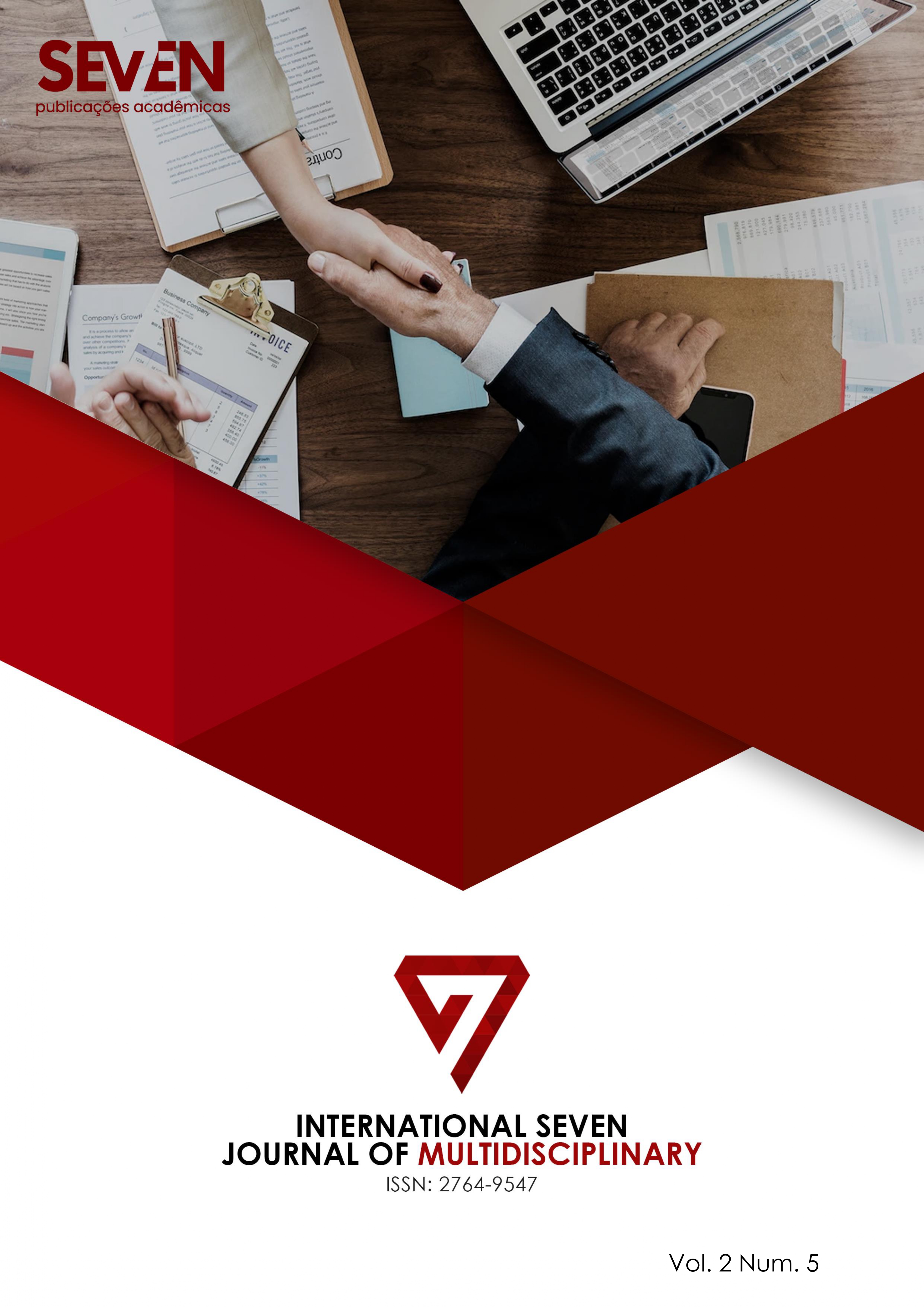Incorporating isoniazid in clay minerals as a mean of leveraging drug effectiveness: A study review
DOI:
https://doi.org/10.56238/isevmjv2n5-017Keywords:
Clay, Tuberculosis, Isoniazid, Intercalation, Controlled releaseAbstract
Tuberculosis is a globally widespread infectious disease with elevated transmissibility and expressive mortality rate. It affects people throughout all age groups causing a strong economic impact on public health systems. Isoniazid, which was launched in the market in the 60’s, has been the most effective antimicrobial drug for the treatment of tuberculosis so far. However, this is a long treatment with many adverse effects resulting in poor patient compliance. Therefore, it is necessary to develop oral intake systems that minimize the adverse effects of the drug to guarantee patients adherence to the treatment. Over the last decade, extensive research has shown that the development of controlled release systems is an effective way of addressing isoniazid’s adverse effects. The intercalation of isoniazid in clay minerals such as bentonites present highly promising results. The present study review seeks to summarize and allow readers to understand the most recent published articles and research on this subject.
Published
Issue
Section
License
Copyright (c) 2023 International Seven Journal of Multidisciplinary

This work is licensed under a Creative Commons Attribution-NonCommercial 4.0 International License.


